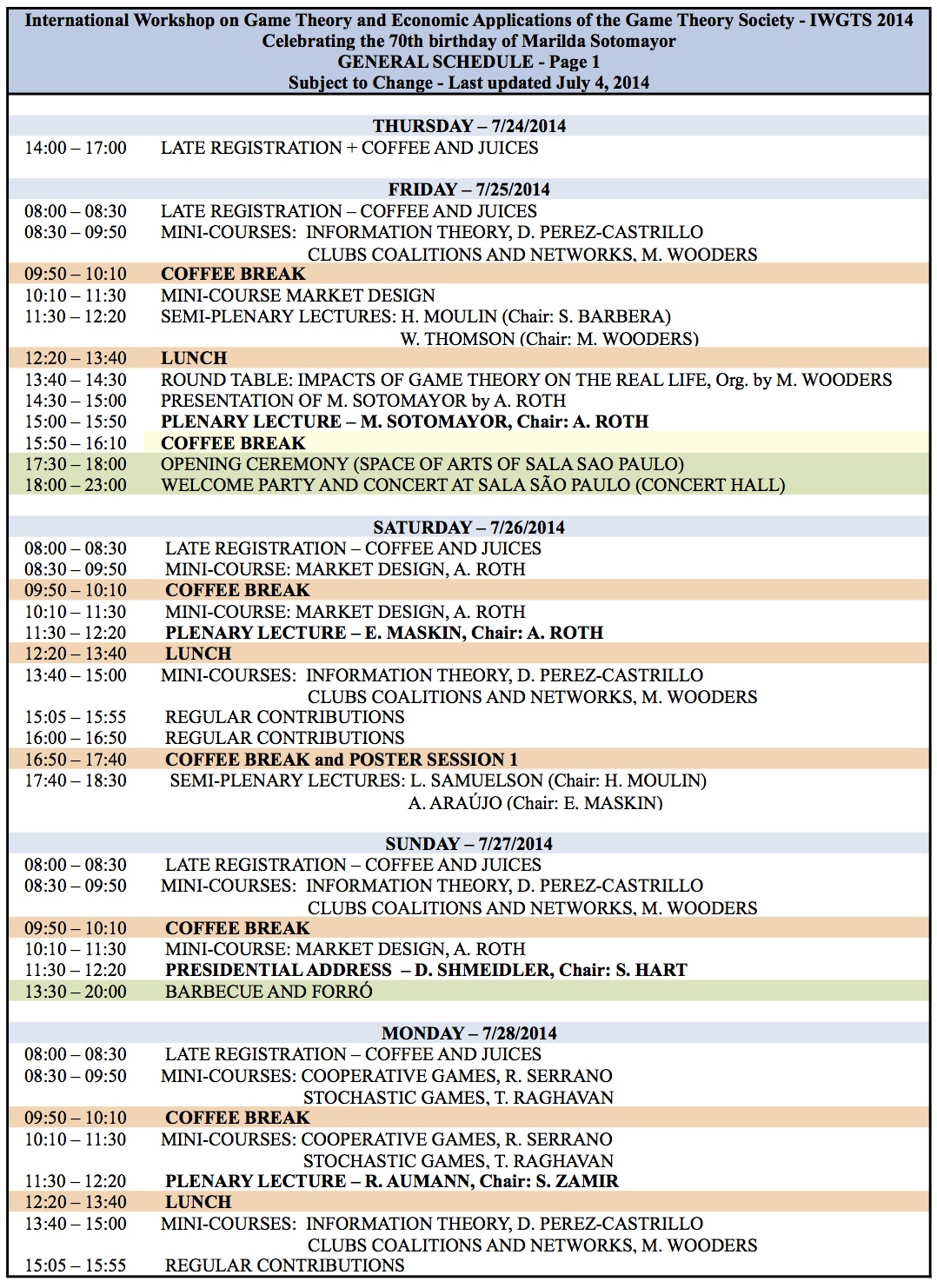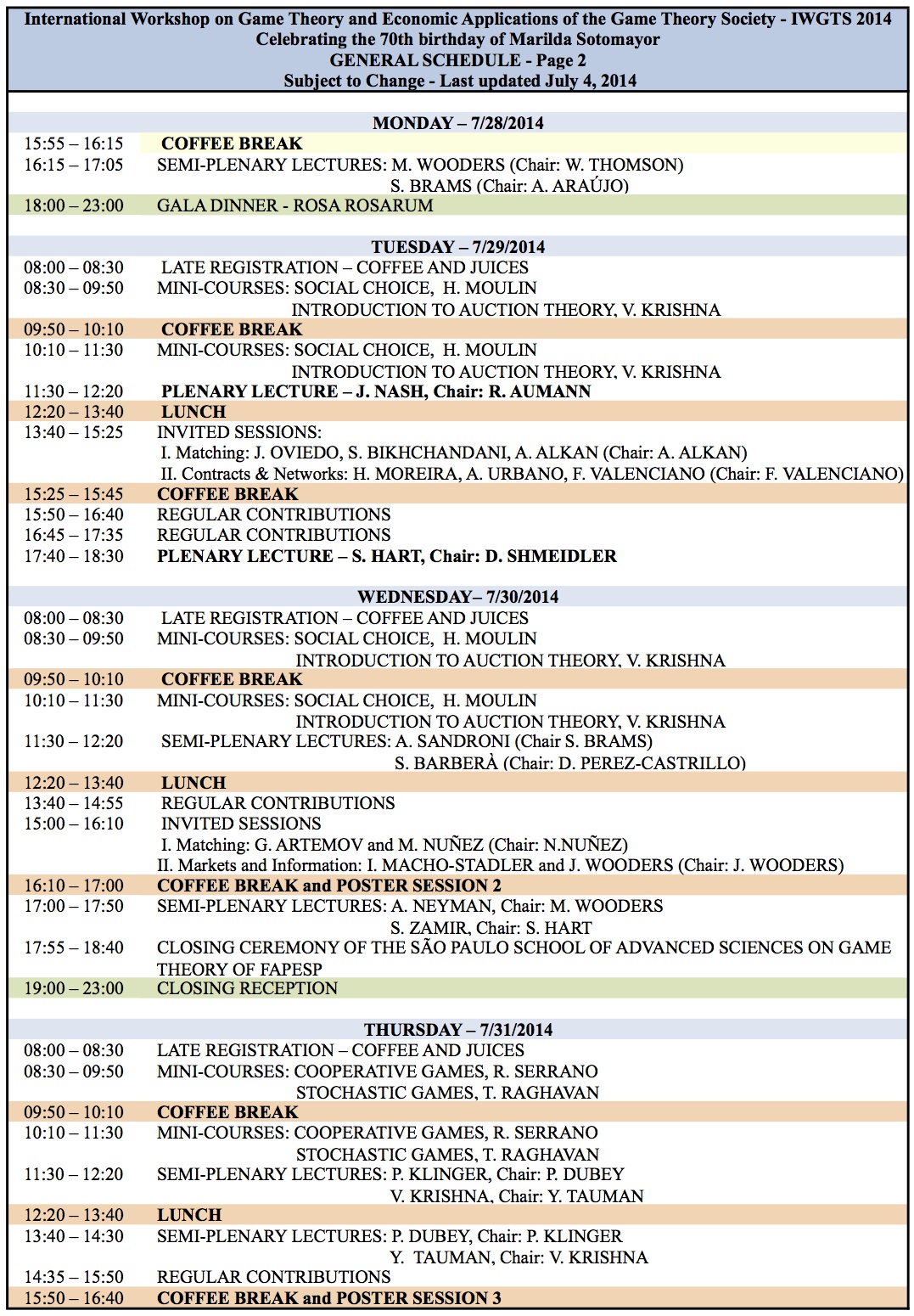The WSJ has the story:
Charters Catch On Fast in Newark: Parents Increasingly Look Outside District Schools By LESLIE BRODY
"In the debut of a system that lets families apply to charter schools and district schools at the same time, Newark got an eye-opening lesson: More than half of the applicants for kindergarten through eighth grade ranked charters as their first choice.
The application numbers, supplied by the state-operated district, show the popularity of charters at a time when Superintendent Cami Anderson's One Newark reorganization plan faces heated opposition from some residents.
One part of the complex plan aims to make it easier for children to sign up for schools outside their neighborhoods. Ms. Anderson said the application data show many families want greater choice.
"Universal enrollment is giving us a real sense of demand and allowing families of all learners, including those who struggle, more options," she said. Some critics, meanwhile, say the superintendent's push to consolidate, overhaul and restaff many district schools has created such uncertainty that it hastened a flight to charters.
Newark is among a handful of cities experimenting with universal enrollment systems, including Denver, New Orleans and Washington. Nina Rees, president of the National Alliance for Public Charter Schools, said she hoped other cities would follow suit."
Learning Curve
Recent student numbers for kindergarten through 12th grade in Newark
Newark district-school enrollment for fall 2014: 34,800 students
Newark charter-school enrollment for fall 2014: 12,200
Newark district-school enrollment for fall 2013: 35,567
Newark charter-school enrollment for fall 2013: 10,869
(Source: Newark Public Schools)
 FREE
FREE





